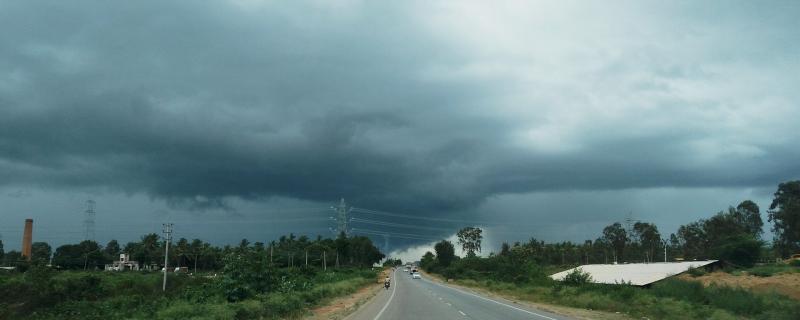Researchers from the Indian Institute of Science, Bangalore; Indian Institute of Tropical Meteorology, Pune; and Florida State University, USA; have mathematically computed a multidecadal variability in the Indian summer monsoon rainfall and the global sea surface temperature. They have established that Indian monsoon rainfall exhibits a 67-year oscillation and is closely linked to the sea surface temperature cycle, which also shows a similar 67-year swing. The study also shows that 80% of all droughts have occurred in the rainfall cycle’s ‘negative phase’, associated with a below-average rainfall; whereas 60% of all floods have occurred in the positive phase, marked with above-average precipitation. Their findings have been published in the Quarterly Journal of the Royal Meteorological Society.
IIT Bombay’s new deep learning framework, named SpADANet, enhances damage classification accuracy using limited labels across multiple hurricanes.
Mumbai/

